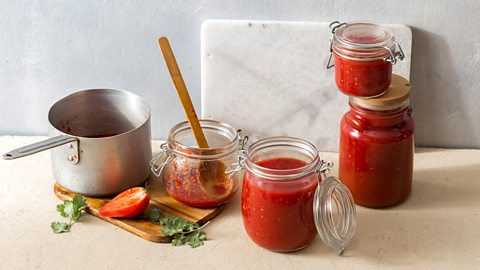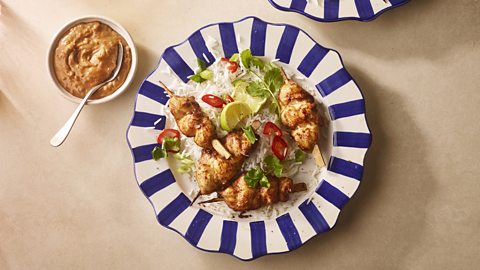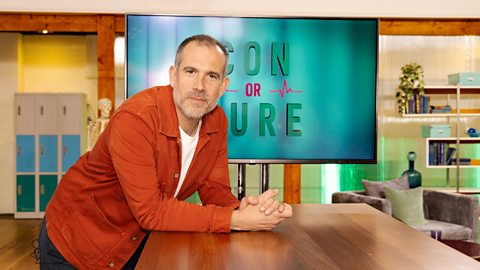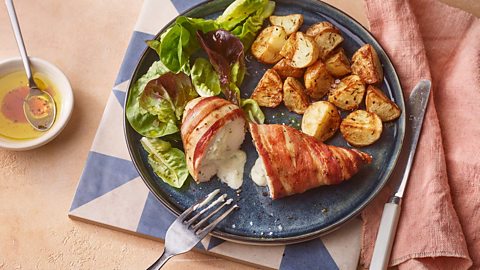How to eat seafood sustainably
Can you eat seafood sustainably? We asked the experts for their advice….
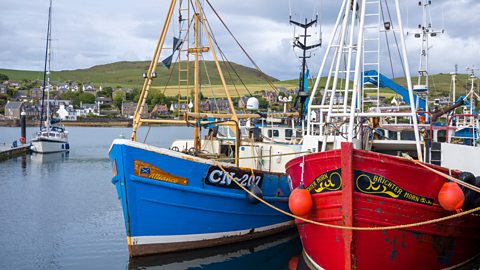
On average, we eat just over one portion of fish a week per person in the UK. While some say we should eat more due to the health benefits, others believe we should reduce the amount of fish we consume because of the environmental impact of fishing.
The oceans help regulate the climate and produce the oxygen we breathe, but with marine populations declining and habitats being destroyed by careless fishing, their health and ecosystems are at risk.
Is there a happy middle ground? We asked the experts for their tips on how to eat seafood in a sustainable way.
Look for labels
Sophia Balod, global press manager at the Aquaculture Stewardship Council (ASC)
“Seafood lovers around the world can definitely enjoy eating seafood in a responsible way by looking out for seafood certified against a credible third-party scheme, such as the ASC label. ASC’s core mission is to transform seafood farming towards environmental sustainability and social responsibility.”
George Clark, program director at Marine Stewardship Council (MSC), UK and Ireland
“All fishing can have negative impacts on marine biodiversity if poorly managed. The crucial thing is to make sure that whatever the gear (nets, for instance) or the size of boat that’s used, it’s managed in a way that respects fish stocks and all the surrounding marine species and habitats. That’s why it’s important to make sure you buy fish certified by an organisation (like the MSC) that examines these issues in detail.
“In the UK, we have some incredible fisheries and communities that have achieved certification from the MSC, like Cornish hake, Shetland brown crab and Poole Harbour clams.”
Hake is seen as far more sustainable to eat than cod. Here are recipes you can enjoy
- Roasted hake and cherry tomatoes with salsa verde
- Hake with chorizo and potatoes (Merluza à la Gallega)
- Air fryer fish and chips with tartare sauce
Go local
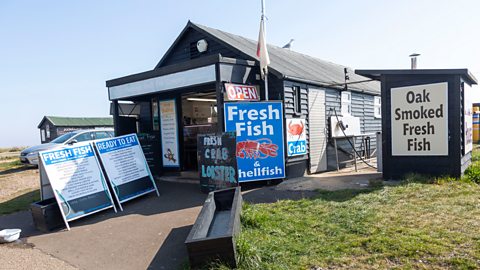
Dr Sarah Coulthard, senior lecturer in marine social science at Newcastle University
“The sustainability of seafood is complex as different ways of fishing have different impacts on the environment. Small-scale fishing in the inshore zone (within six nautical miles), especially using low impact gears such as potting for crab, lobster or prawn, can be a very sustainable means of producing seafood. It is highly likely that a locally landed Northumbrian lobster has less impact on the environment than an imported avocado.
“So, it is possible to eat seafood in a sustainable way, but our ability to continue to access sustainable seafood is dependent upon the continuation of small-scale fishing boats landing fresh daily catches in our harbours.
“Those wanting to support sustainable and productive seas should visit their local harbours, buy local produce, ask how it’s been caught and find out what efforts have been made regarding its sustainability.”
Buying local crab, lobster or prawns? Try these recipes
Diversify your dinners
Chris Thorne, oceans campaigner for Greenpeace UK
“More than three billion people across the world depend on the oceans for their primary source of protein; it is vital that we manage fisheries more sustainably so they can continue feeding us. We need thriving oceans full of life and the best way to achieve this is by supporting small scale, low impact fishing over industrial boats and by putting 30% of the ocean off limits to destructive fishing entirely.
“If you want to continue eating fish without contributing to the destruction, buy it a bit less often and try experimenting with a wider variety of locally caught seafood. Doing a little research and varying your menu is key. For instance, British rope farmed mussels are often more sustainable but are consumed less than the industrially caught species we’re all used to – haddock, cod, prawns, tuna and salmon.”
Not only are mussels packed with protein, they come with omega-3 fatty acids, phytosterol which is linked to lowering cholesterol, vitamin B-12 and iron. Enjoy them in the following recipes
- Classic moules marinières
- Seafood paella
- Spicy mussels with chorizo and cider
- In place of (or alongside) prawns for seafood pasta
- In a Creole gumbo with chicken and smoked sausage
Go green
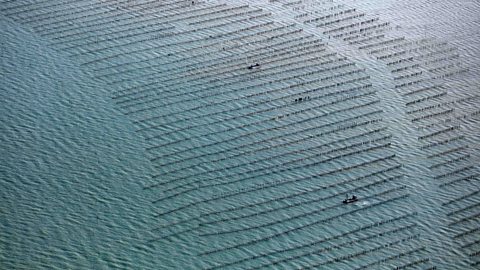
Jack Clarke, sustainable seafood advocate at the Marine Conservation Society (MCS UK)
“We’ve created a traffic light system which highlights the seafood which is sustainable and what to avoid. The most sustainable and ocean friendly options available feature wild fish which comes with rules around how many we can catch. It includes hake and sardines which are very well managed and populations are healthy and thriving.
“The best farmed fish options are mussels which, unlike other farm species, don’t need any food, water, vaccines, or chemical additives. You just chuck them in the sea and they’ll clean it! In terms of the gram-for-gram nutrition versus environmental footprint, they are some of the most sustainable forms of protein we can get.
“Red light seafood will be ones where the population of the species has nosedived. If you look at European eel, it’s more endangered than pandas but it’s still finding its way on to menus. Likewise, wild Atlantic halibut is a critically endangered animal so you’re better off going for a green rated source of farmed halibut instead.”
Sardines are on the green list as there are large populations of them. If you’re buying them you could use them in these recipes
Take action
Lief Hendrikz, sustainable seafood officer at World Wide Fund for Nature (WWF)
“Ensuring our oceans are properly protected should not be left to chance. We need action right across our supply chains and from governments to reduce environmental and social risks and ensure that the seafood we sell isn’t undermining ocean health, either on our shores or overseas. “Consumer choices can also be a powerful lever to drive changes. The UK is one of the most nature depleted countries in the world, and the ‘big five’ (cod, haddock, prawns, tuna and salmon) that make up the majority of seafood consumed in the UK face enormous pressures. One step that people can take is to opt for lower impact species like mussels, and species lower in the food chain, like sardines and herring, from well managed sources.”
Originally published June 2023. Updated April 2024
